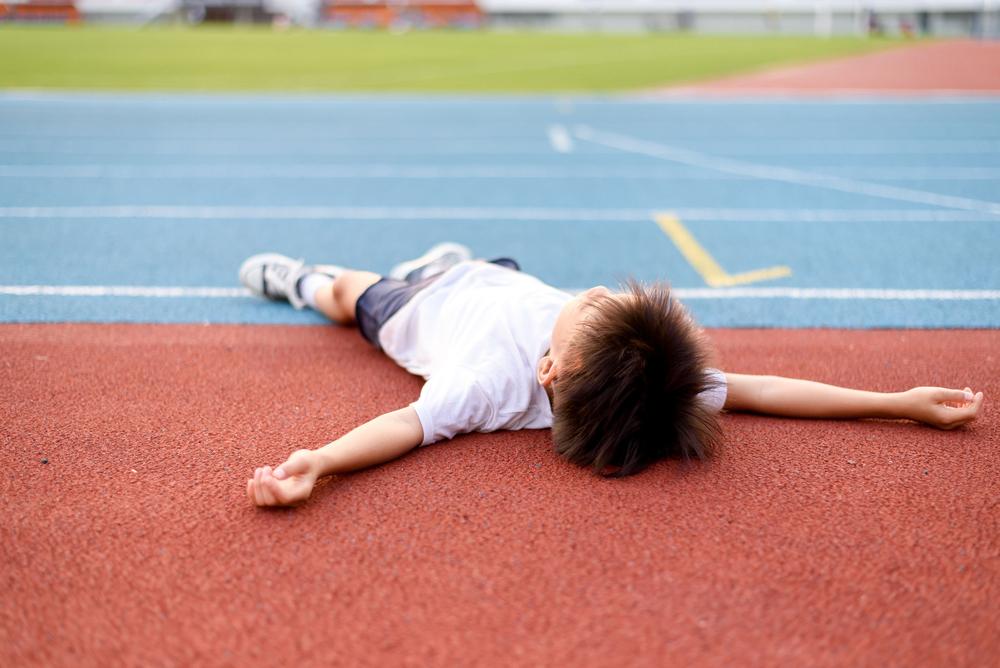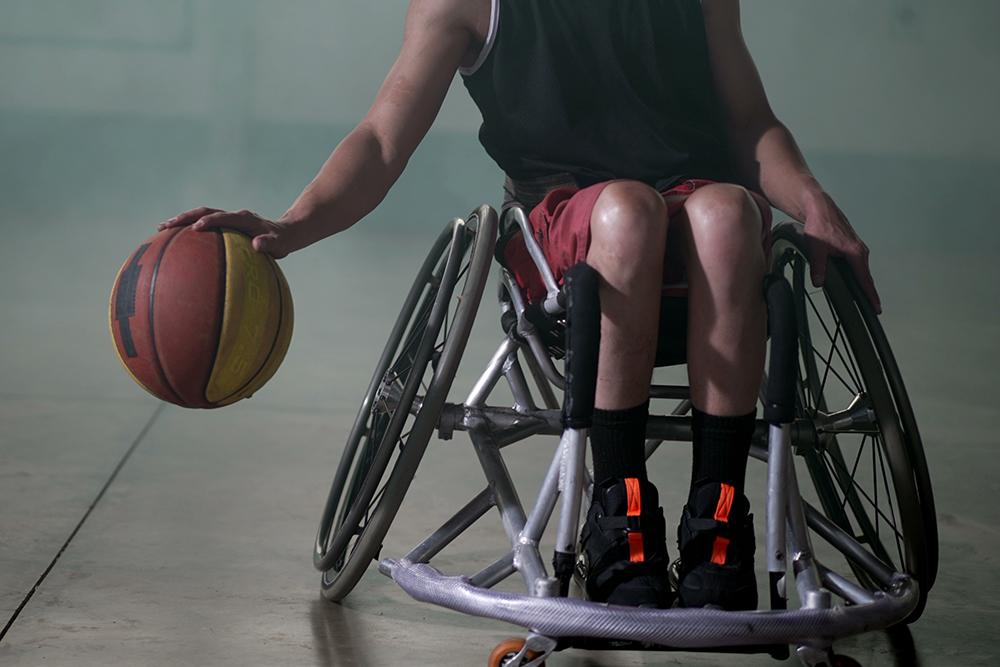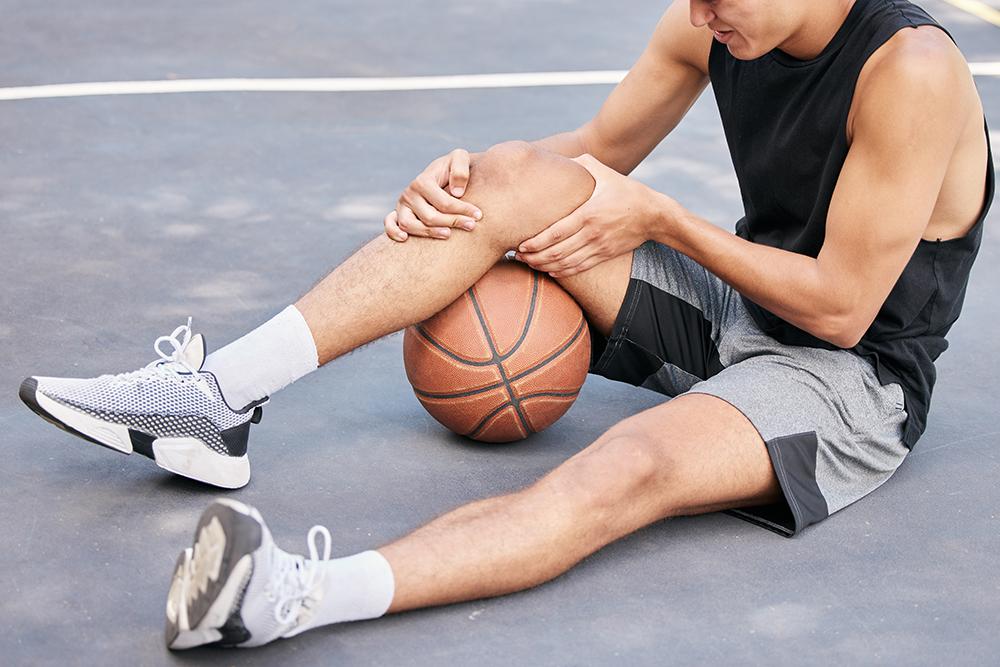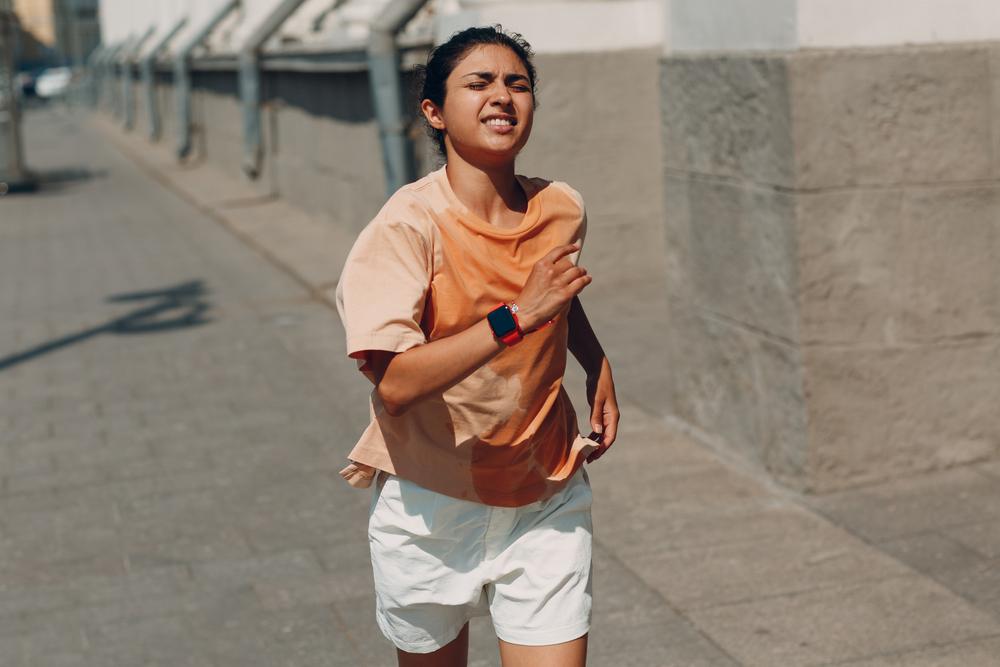 The increasingly competitive nature of youth sports can result in athlete burnout. Previously associated with adults who are exhausted and disillusioned with their jobs, burnout has now spread from offices to youth sports courts, fields, and rinks everywhere.
The increasingly competitive nature of youth sports can result in athlete burnout. Previously associated with adults who are exhausted and disillusioned with their jobs, burnout has now spread from offices to youth sports courts, fields, and rinks everywhere.
Ongoing work by researchers like East Carolina University’s Dr. Thomas D. Raedeke is revealing not only the real causes of burnout in youth athletes, but also how it can be prevented.
Why Youth Athletes Experience Burnout
Burnout is in part a reaction to chronic stress. According to Dr. Raedeke, the stress can come from overtraining but also from external sources. It can directly stem from parents who pressure their child, or more subtly from family life that evolves around sport. It can also result from negative coaching behaviors. Some athletes also have internal personality characteristics, like an innate sense of perfectionism, that make them vulnerable to burnout. But stress is only part of the story.
“Not only might burnout-prone athletes begin to realize sports success is not as meaningful as they once thought, the athletes might also believe success ultimately is not possible because skill improvements are inevitably linked to increased expectation and standards,” says Dr. Raedeke.
“As a result, they may realize they can never be good enough and that they are chasing an impossible goal.”
A lack of independence or feeling like they have no say in the matter can also play a role.
Signs of Athlete Burnout
The signs of athlete burnout are not always obvious, and they can overlap with other kinds of stress, such as overtraining or life and school pressures. Research suggests sports burnout runs deeper and presents with three major symptoms:
- Emotional and physical exhaustion: Chronic fatigue from constant physical and psychological demands connected to intense training and competition
- Devaluation and detachment: A negative or cynical attitude toward sports and disinterest in performance
- Reduced sense of accomplishment: Negative perspective on performances and accomplishments
Raedeke also thinks that these signs can interact. For example, feeling less accomplished could prompt athletes to train harder, leading to exhaustion. Feeling exhausted could cause athletes to develop a sense of detachment and ultimately quite sports.
Unfortunately, the cycle doesn’t end there either. Burnout can also negatively impact other areas of the athlete’s life and it has specifically been linked to lowered mental and physical health outside of sport.
How Coaches and Parents Can Help Douse Burnout
Like an actual fire, burnout is best handled through prevention instead of reaction. Raedeke states that “burnout is a relatively chronic state,” meaning there are no proven treatments for curing burnout. It can, however, be prevented.
Managing the following factors can help athletes deal with burnout:
- Balance training demands with recovery: As Raedeke notes from his research in Burnout in Sport: From Theory to Intervention, “It is not possible for an athlete to ‘train through’ a long-lasting performance slump caused by excessive training and inadequate recovery.”
When planning for the season, be sure to add ‘off-cycle’ weeks to your athlete’s training program to promote optimal adaptation to training demands.
- Promote balance: Take steps to make sure that an athlete isn’t overinvolved in sport to the point where they are missing out on other life opportunities. For example, encourage your athletes to spend time with friends outside of a sports setting.
Create a space where young athletes have unstructured free time and are allowed to participate in or explore other interests.
- Have a positive support network: Foster a more positive environment for your athletes.
Recent research of college athletes shows that even just the feeling of having a positive support network from teammates resulted in less burnout and more motivation.
- Empower athletes: Structure sport in a way that allows athletes to have some input and collaborate on decisions related to participation.
___
In the end, preventing burnout comes down to keeping sports fun, decreasing stress, and reducing the chance that an athlete will feel trapped by sport.




